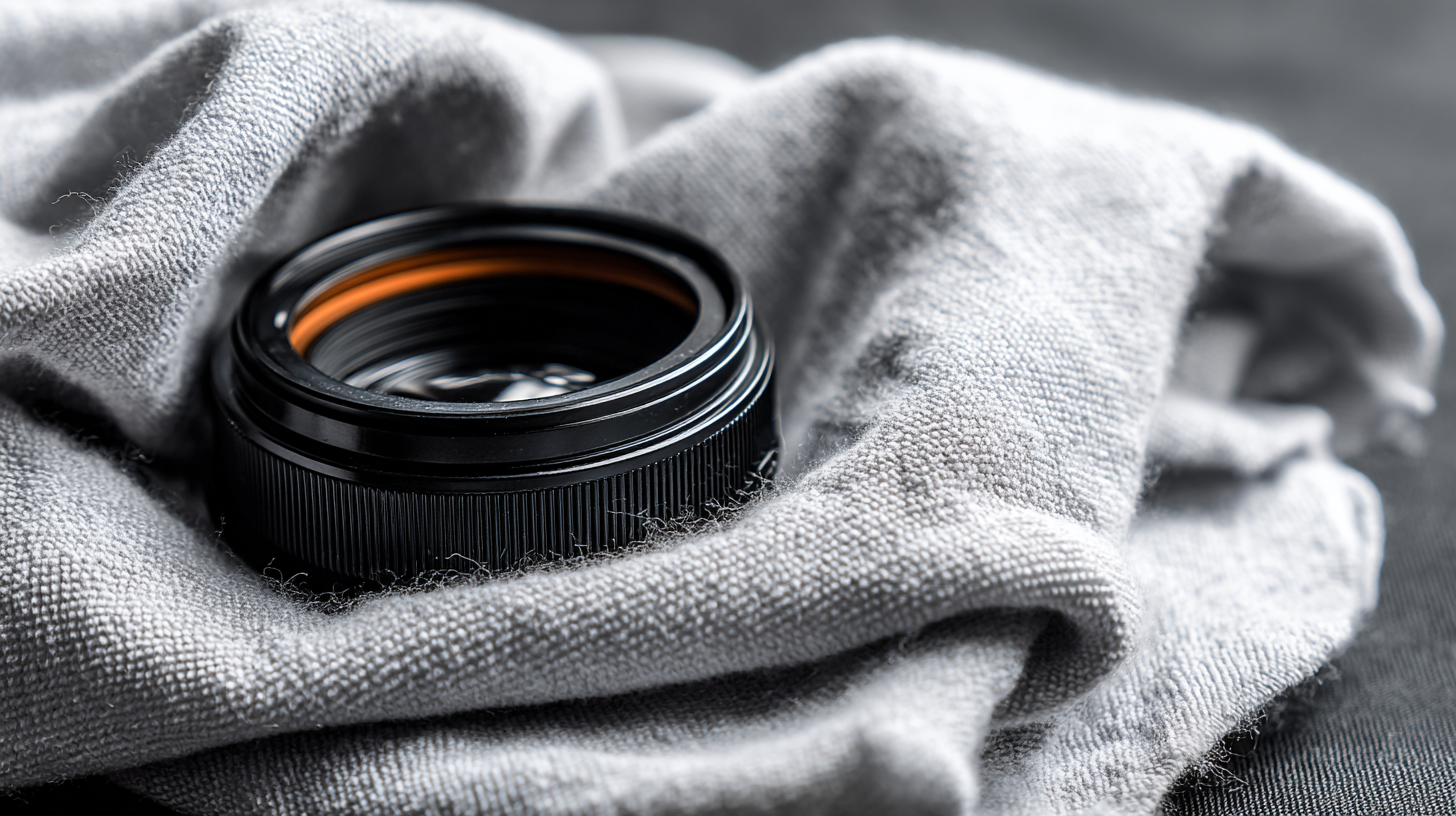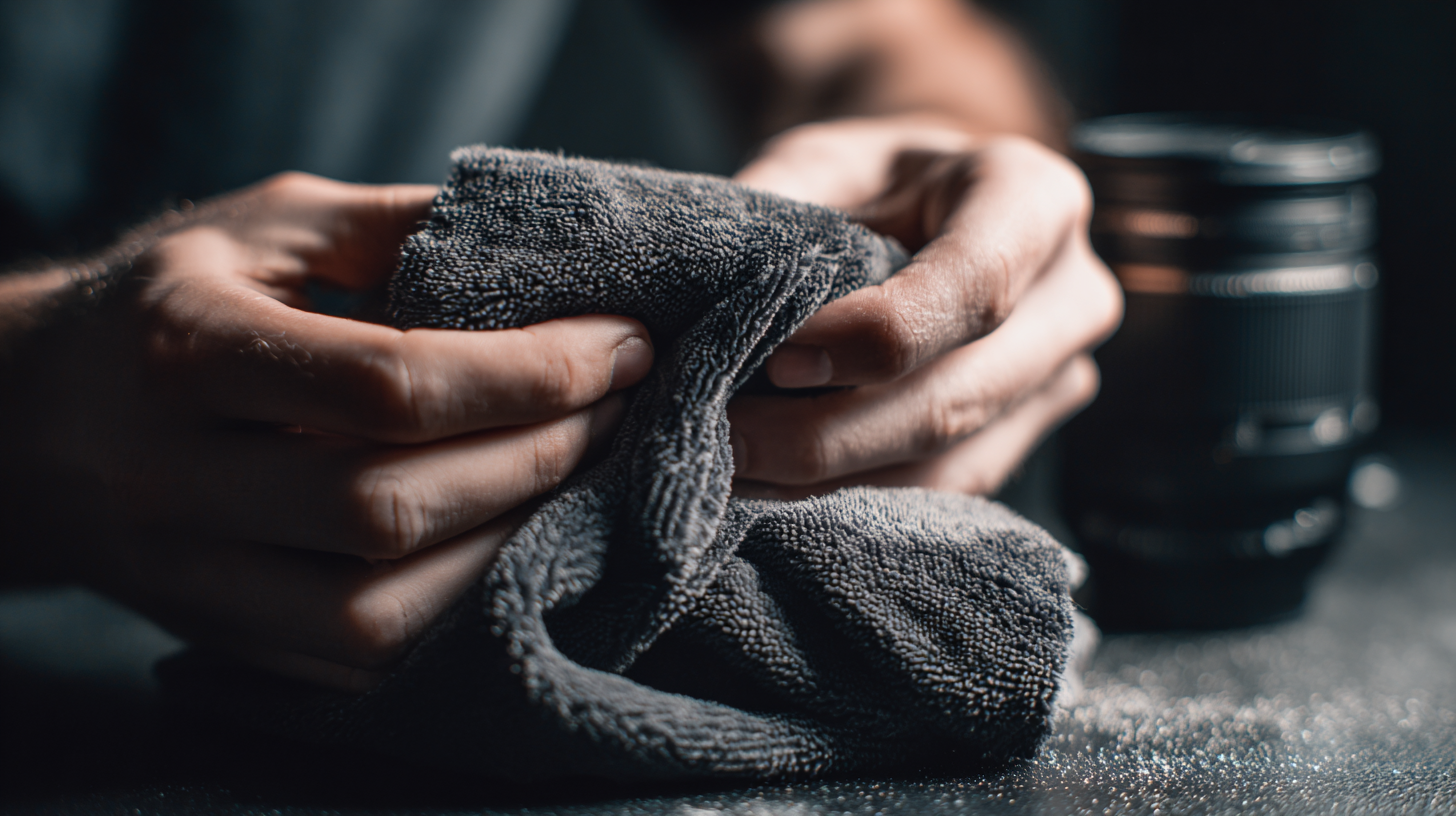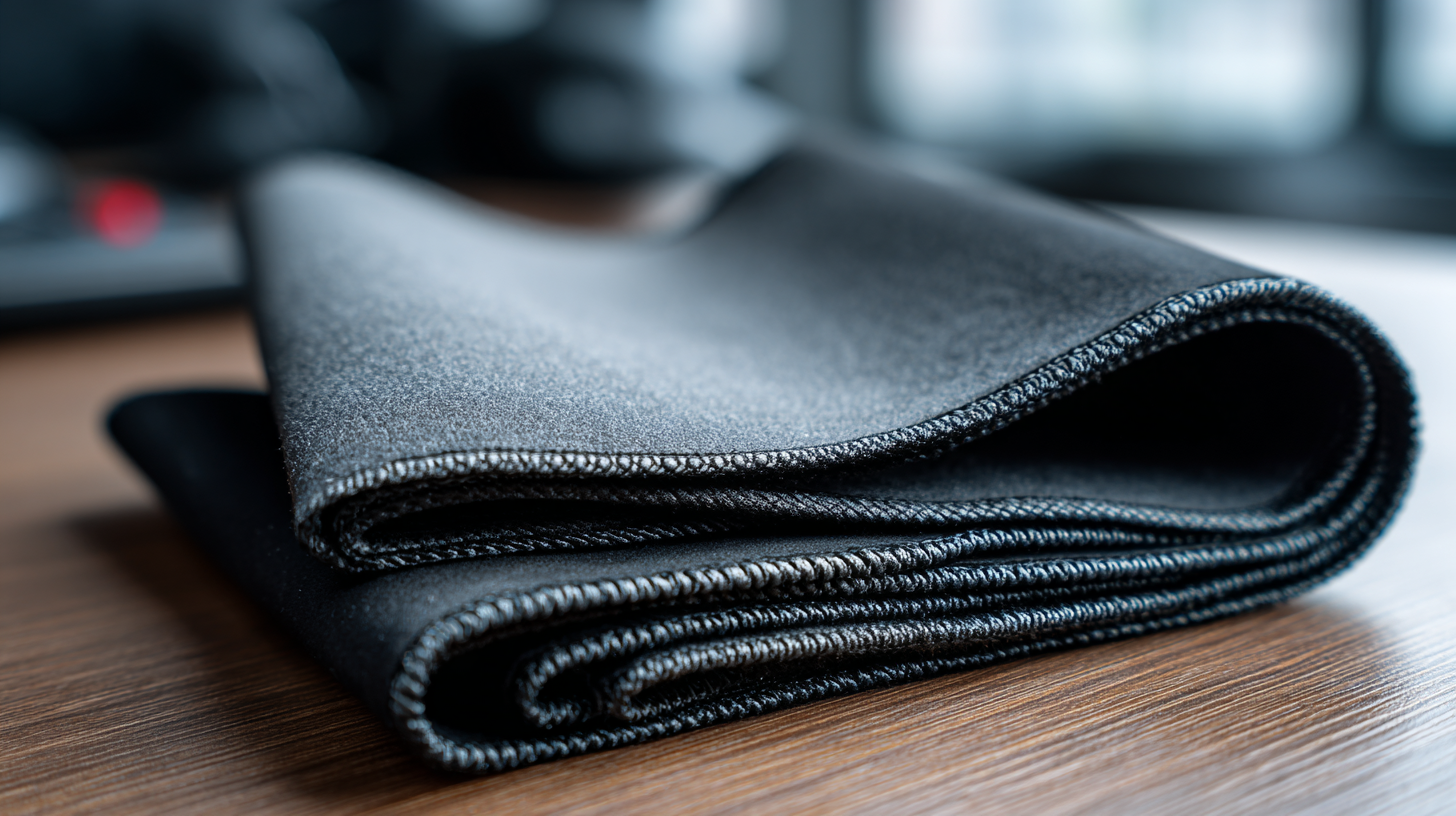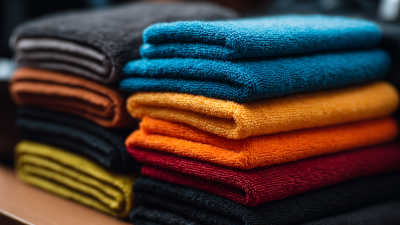The effective maintenance of a Lens Cleaning Cloth is crucial not only for enhancing the longevity of the product but also for ensuring optimal performance in safeguarding sensitive optical surfaces.
 According to a recent report by the Optical Laboratories Association, improper care of cleaning materials can lead to significant deterioration of lens quality, often resulting in decreased visibility and potential damage to costly equipment. Additionally, 75% of users do not realize that the effectiveness of a cleaning cloth significantly diminishes after just a few uses if not properly maintained.
Therefore, implementing best practices for caring for your Lens Cleaning Cloth can extend its lifespan and ensure it remains highly effective in removing dust, fingerprints, and other contaminants. By adopting these strategies, users can enhance their overall experience with optical devices while minimizing the risk of scratching or otherwise damaging their lenses.
According to a recent report by the Optical Laboratories Association, improper care of cleaning materials can lead to significant deterioration of lens quality, often resulting in decreased visibility and potential damage to costly equipment. Additionally, 75% of users do not realize that the effectiveness of a cleaning cloth significantly diminishes after just a few uses if not properly maintained.
Therefore, implementing best practices for caring for your Lens Cleaning Cloth can extend its lifespan and ensure it remains highly effective in removing dust, fingerprints, and other contaminants. By adopting these strategies, users can enhance their overall experience with optical devices while minimizing the risk of scratching or otherwise damaging their lenses.
When it comes to maintaining the longevity of your lens cleaning cloth, selecting the right materials is crucial. Microfiber is widely acknowledged as one of the best materials for durable lens cleaning cloths. According to a report by the International Association of Optometrists, microfiber cloths can trap dirt and oils more effectively than traditional cotton or disposable wipes, enhancing their cleaning performance without scratching delicate lens surfaces. The fine fibers in microfiber are typically split, providing a larger surface area that increases soil-holding capacity.
In addition to microfiber, some lens cleaning cloths incorporate specialized coatings or treatments that make them even more resilient. For instance, cloths treated with anti-static properties can reduce the attraction of dust and allergens, which often leads to less frequent cleaning cycles. Research from the Optical Society indicates that using high-quality, treatment-enhanced materials can extend the usability of cleaning cloths by up to 40%. Choosing the right combination of materials and treatments not only enhances the performance of your lens cleaning cloth but also ensures it lasts longer, saving you money and contributing to better optical maintenance.
| Material Type | Durability | Washing Instructions | Recommended Uses |
|---|---|---|---|
| Microfiber | High | Machine wash cold, air dry | Glasses, camera lenses, screens |
| Cotton | Medium | Machine wash warm, tumble dry low | General cleaning, fashion accessories |
| Silk | Low | Hand wash cold, air dry | Delicate lenses, jewelry |
| Flannel | Medium | Machine wash cold, air dry | Notebooks, tablets, electronics |
| Nylon | High | Machine wash cold, tumble dry low | Sporting equipment, outdoor gear |
To ensure the longevity of your lens cleaning cloth, it is crucial to adopt the right washing techniques. According to a report by the Optical Fabric Association, improper cleaning methods can degrade the quality of microfiber cloths, leading to reduced effectiveness in cleaning delicate surfaces such as camera lenses and eyeglasses. The recommended approach is to machine wash your cloths on a gentle cycle using warm water, avoiding fabric softeners and bleach, which can diminish their cleaning properties.
Additionally, air-drying your lens cleaning cloth instead of using a dryer can further extend its lifespan. The heat from dryers can damage the fibers, making them less effective for cleaning. A study published in the Journal of Optical Technology found that well-maintained microfiber cloths retain up to 90% of their original cleaning capability after multiple washes, while those subjected to improper care can lose up to 50% of their effectiveness. By incorporating these essential washing techniques, you can maintain the cloth quality and ensure optimal performance for all your lens cleaning needs.
This chart displays the effectiveness ratings of various types of lens cleaning cloth materials. Microfiber tops the chart with a rating of 9, indicating its superior cleaning capabilities. Cotton and Bamboo also perform well, showing that natural fibers can be effective options. Maintaining these cloths through proper washing techniques can ensure their optimal performance over time.
 Proper storage methods are essential for maintaining the longevity of your lens cleaning cloth and ensuring optimal performance. Just as industries are exploring effective technologies to enhance environmental sustainability, such as reducing warehouse pollution and employing innovative waste management strategies, lens cleaning cloths also benefit from careful handling and storage.
Storing your cloth in a clean, dry environment minimizes exposure to harmful contaminants and prevents degradation of the fabric, much like how green warehouse practices mitigate pollution risks in storage facilities.
Proper storage methods are essential for maintaining the longevity of your lens cleaning cloth and ensuring optimal performance. Just as industries are exploring effective technologies to enhance environmental sustainability, such as reducing warehouse pollution and employing innovative waste management strategies, lens cleaning cloths also benefit from careful handling and storage.
Storing your cloth in a clean, dry environment minimizes exposure to harmful contaminants and prevents degradation of the fabric, much like how green warehouse practices mitigate pollution risks in storage facilities.
Moreover, contamination can significantly affect the cleaning efficacy of a lens cloth. In agricultural contexts, waterborne contaminants pose risks to both plant health and product quality. Similarly, keeping your cleaning cloth away from oil, dust, and moisture is crucial to avoid contamination that could compromise the lenses being cleaned. It’s advisable to use a dedicated pouch or container, and ensure regular washing according to care instructions to preserve the cloth’s performance, akin to the comprehensive strategies utilized in managing risks of spoilage in stored grains through integrated approaches that prevent contamination. Taking these steps not only extends the life of your cleaning cloth but also enhances its efficacy in maintaining the clarity of your lenses.
When it comes to maintaining the optimal performance of your lens cleaning cloth, it's essential to recognize the signs that indicate it needs replacement. Over time, the fibers in the cloth can become frayed, diminishing its effectiveness in removing dust and smudges. If you notice that your cloth leaves streaks or particles on your lenses rather than improving clarity, it’s time for a new one.
Additionally, pay attention to any unusual odors or discoloration in your cleaning cloth. These signs can suggest that it has trapped grime or oils that cannot be removed through washing. A worn-out cloth can introduce more dirt to your lenses, leading to potential scratches.
Tips: To prolong the life of your lens cleaning cloth, wash it regularly according to the manufacturer's instructions. Store it in a clean, dry place free from contaminants, and avoid using fabric softeners that may leave residues. If you frequently clean your lenses, consider having a backup cloth, so you always have a fresh, effective option on hand.
When it comes to maintaining the longevity of your lens cleaning cloth, avoiding common cleaning mistakes is essential. One major error is using excessive force while cleaning. Pressing too hard on the lens can not only damage the surface but also wear down the fibers of the cloth more quickly. It's important to use gentle, circular motions to lift away dust and smudges without causing harm to either the lens or the cloth itself.

Another common mistake is neglecting to wash the cloth properly. Many users assume that simply shaking off dust is enough, but over time, oils and residues build up on the fabric. It’s crucial to hand wash the cloth with mild soap and warm water, then air dry it completely before using it again. Additionally, avoid fabric softeners or dryer sheets, as these can leave residues that reduce the effectiveness of the cloth in cleaning lenses. By being mindful of these practices, you can ensure that your lens cleaning cloth stays effective and lasts longer.






